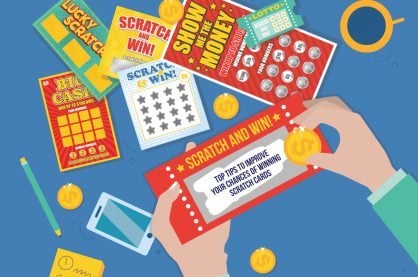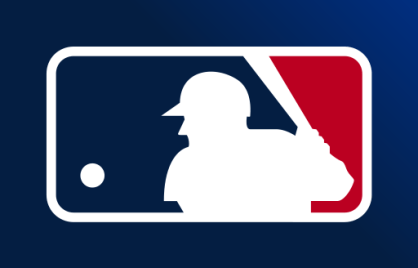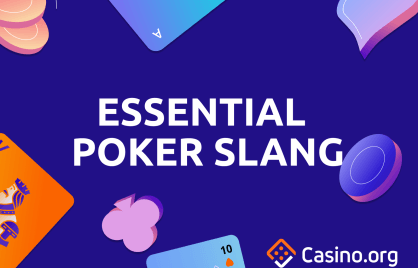Mastering Blackjack Strategy: Dealer Has 7 You Have 20
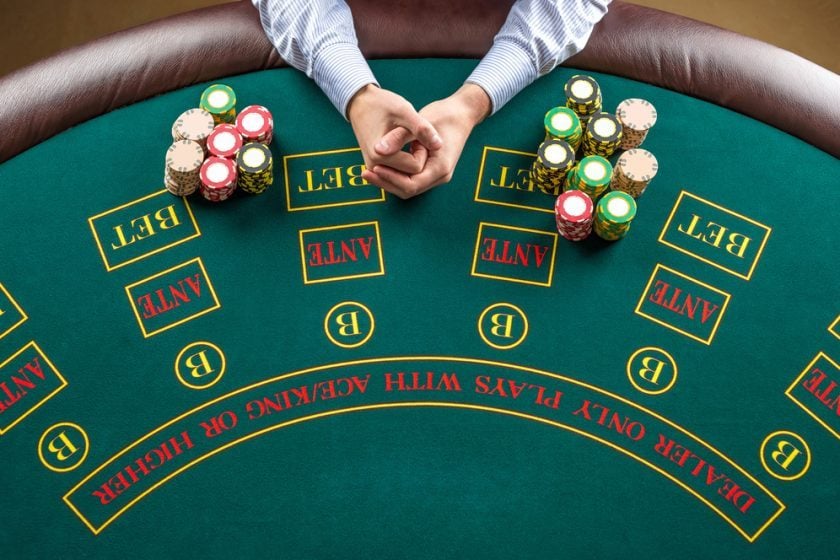
Summarize this post
Dealer Has 7 You Have 20: What You Need to Know
- Recognize Your Advantage: If the dealer has 7, you have 20, realize that you’re in a strong position. A 20 is one of the best hands you can have in blackjack, second only to a natural blackjack (21).
- Less is More: When the dealer has 7, you have 20, the optimal blackjack strategy is usually to stand. Adding more cards risks going over 21 and busting when you’re already holding a hand that’s hard for the dealer to beat.
- Understand Dealer’s Position: A dealer’s 7 upcard is relatively strong, but they still have roughly 26% chance of busting. Your high hand of 20 significantly reduces the likelihood of the dealer obtaining a more substantial hand.
- Play the Odds: In this case, the odds are significantly in your favor. The chance of the dealer ending with a higher hand is lower than the chance of them busting or ending up with a lesser hand.
- Avoid Insurance Bets: If dealer has 7, you have 20, refuse any offer for insurance. The odds of the dealer hitting a blackjack is less than a third, making it a bet you’re more likely to lose.
Many players wrongly split when they have two tens against a dealer’s seven and many double down when they have A9 against a seven. Usually this is a huge error, costing as much as 20% of your stake.
We will explain why.
The first thing to say that it is only in single-deck or double-deck games that the opportunity for a correct split or double arises.
In a million hands that I ran on my program in a six-deck game, it stood every time the dealer has 7 you, have 20! However, a single-deck game is the most lucrative, if you’re looking to maximize your payouts.
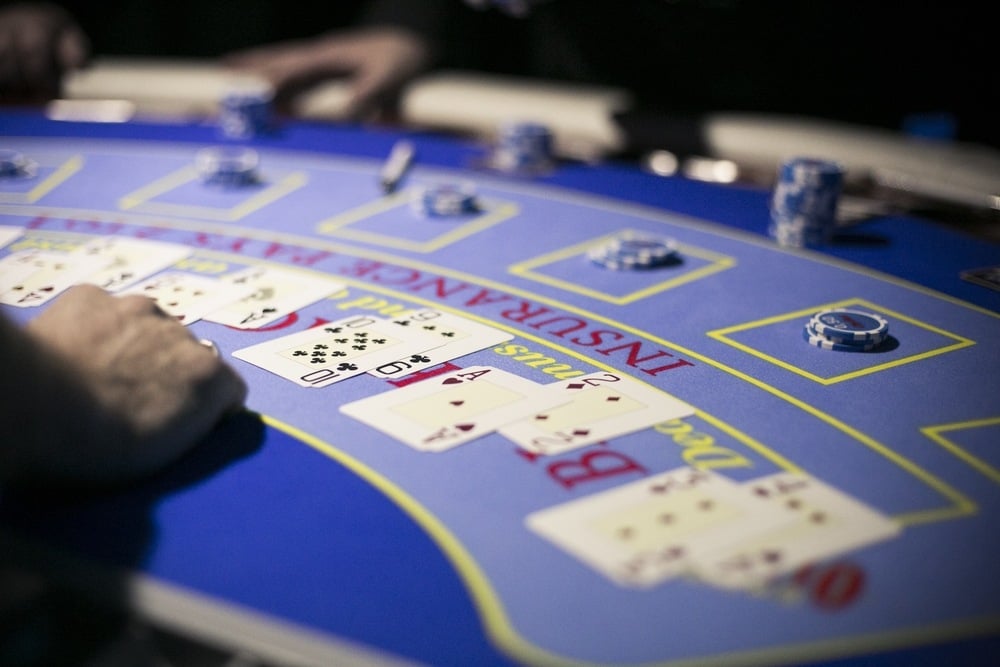
Image Credit: LeStudio/Shutterstock
The Twos, Threes and Fours Rule in Blackjack
The opportunities to split or double when the dealer has 7, you have 20, mainly occur in single-deck games. When there are more decks, it is almost always right to stand. But with a single-deck game it is very occasionally right to split or double down.
Twos, threes and fours are very good for the seven, as they give the dealer nine, ten or eleven, and very bad for the TT or A9 as you get 12, 13 or 14 if you split and 13, 14 or 15 if you double down!
If you remove them all it would be right to double down on A9 or to split with TT (or picture cards). Some sites do not allow a double down on soft totals anyway, and some sites do not allow different tens to be split, so the opportunities are limited even further.
If you apply a general rule to always stand when the dealer has 7, you have 20, you would not go far wrong. For example, even in a one-deck game where you have seen all the fours and all the threes, the relative “equities”, and T-T includes jack, queen or king for ten, are:
| Single-Deck; All threes and fours gone | ||
| Your Hand | STAND | SPLIT/DOUBLE |
| T -T v 7 | 0.8396 | 0.8253 |
| A-9 v 7 | 0.8544 | 0.7888 |
So, you will win slightly more if you stand, even with all the threes and fours gone. You would need a two, five or six to have also gone for it to be right to split and two more small cards to have gone for it to be right to double on A-9. Very rare!
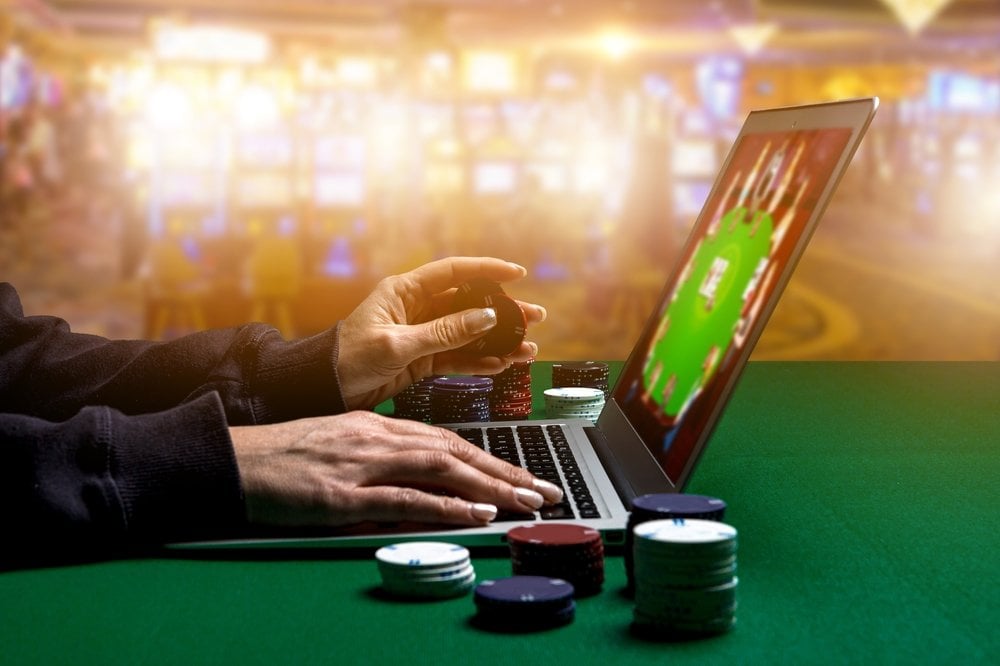
Image Credit: Clari Massimiliano/Shutterstock
The Blackjack Magnificent Seven
I assume you know the how to play Blackjack. If not, check out the Casino.org Blackjack strategy charts. Slight changes to the rules affect the decisions but the differences will be very small. If you follow the chart you will get a return of around 99.5% which is the best you can do without a computer program or counting.
Let me give seven rules to follow. The magnificent seven:
- Firstly when you have a total of 2-8 which does not include an ace and is not a pair, then you hit. It is never right to stand, and almost never right to double down.
- When you have a total of 9-11 which does not include an ace, then double your stake unless the dealer has a ten or ace showing. If the dealer has an ace or ten, and has checked for Blackjack, you can double with 11, as you know dealer does not have 21.
- When you have 12 thru 16, you should hit if the dealer has a 7 or higher, otherwise stand. There are one or two exceptions, If you have 12 and the dealer has a two or three showing, it is slightly better to hit.
- When you have 17 or more you should stand regardless of what the dealer has.
- You need to know what to do if you have a pair. In essence you never split tens, fours or fives. If you have a pair of eights you always split. For other pairs you need to look up the strategy chart in my earlier article. Many people split tens thinking they will get two hands, and they end up with one poor hand and one good hand and break even. If they had stood they would have a good chance of winning.
- If you have an ace, and you do not have Blackjack, then you have a soft hand and different rules apply. then it depends on whether the site or casino allows you to double or not. Many sites only allow doubles on 9, 10 or 11 without an ace. In general you double with A5 or A6 against a small card, but not against a 7 or higher. But there are exceptions and best is to learn the chart if you are going to play in a land-based casino or have it with you as a cheat sheet if you playing in an online casino.
- There are some close decisions which depend on the exact composition of the deck. In particular with 16 v a 10, it can be right to hit or it can be right to stand. Only a computer can tell you for sure! Also with 12 or 13 against a 2 or 3, it is often right to hit and often right to stand. Again exact calculation is beyond the human. Perhaps Dustin Hoffman in Rainman was able to work it out. If you use the chart you will not go far wrong.
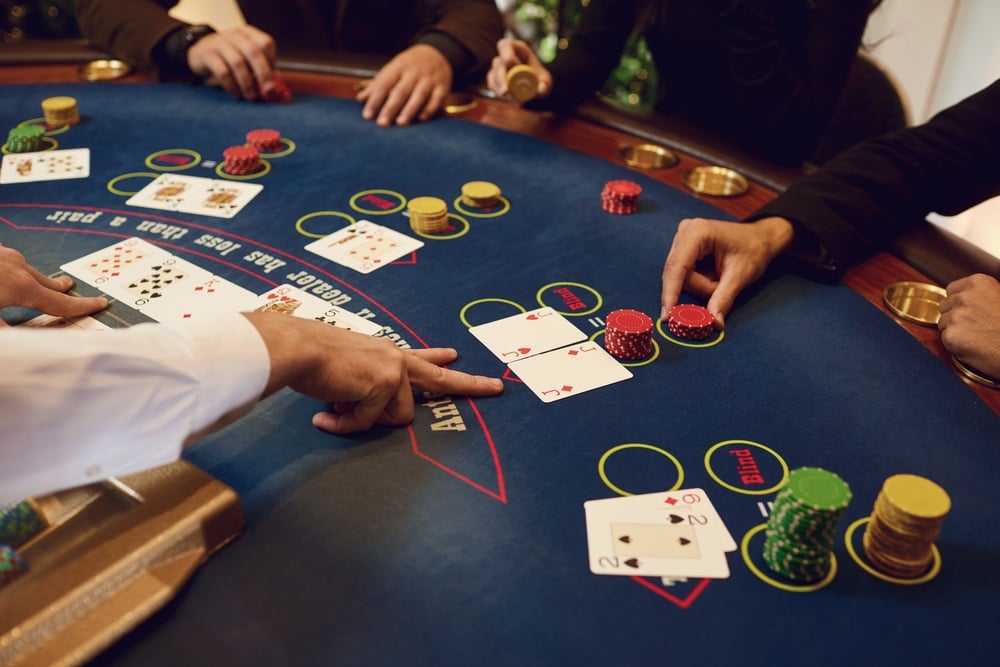
Image Credit: Studio Romantic/Shutterstock
Are There Any Exceptions to These Rules?
The most important exceptions are when the dealer does not have a hole card, or if the dealer has a ten, the dealer does not check for Blackjack. That changes the decision when you have 11 against a dealer 10 or ace and you should just hit and not double. Also some casinos allow you to double after you have split, and that changes the strategy.
Number of Decks in a Blackjack Game
The fewer the decks the better for the player. But casinos have generally preferred to offer six-deck or eight-deck games. These are usually played either with a shoe or a continuous shuffle machine. The former is beneficial to card counters but the latter, surprisingly, is better for someone playing basic strategy.
Are Side Bets Worth it?
These are generally unfavorable for the player. The return to player averages about 94% so you will lose in the long run, although you might hit a big payout. The side bet Crazy Sevens is an exception and that sometimes has an advantage for the player. But you have to keep track of the number of sevens that have gone and it can only offer an advantage in a shoe game.
What is Blackjack House Edge?
The house edge in Blackjack if you play perfectly is about 0.5%, depending on the rules that the casino has. You want to avoid casinos that only pay 6-5 on Blackjack, and you want to find the game with the most favorable rules. And there are sites on the net that give tables for different house rules.
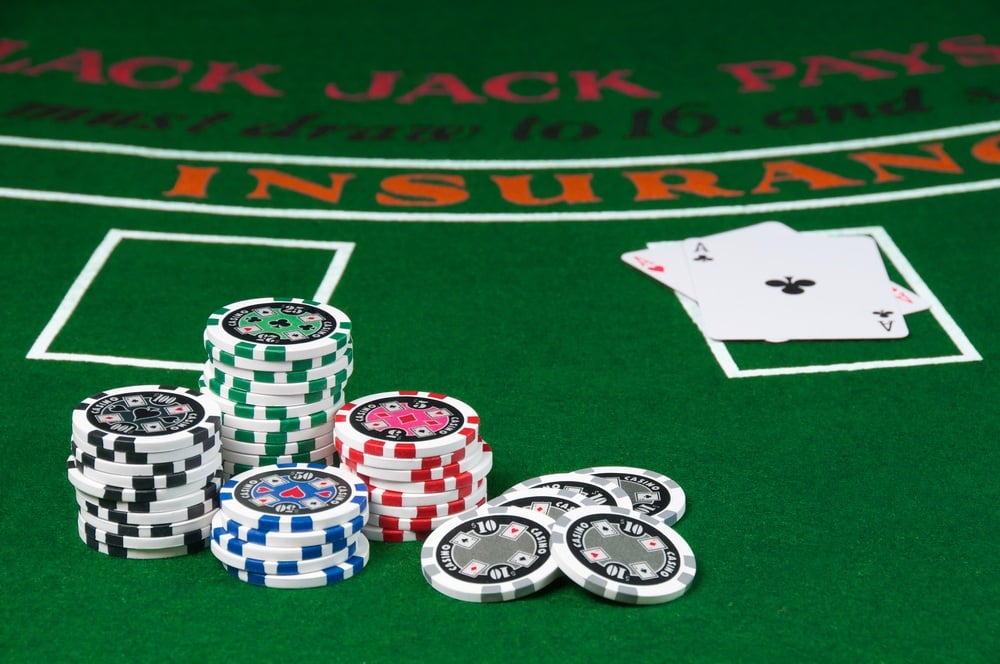
Image Credit: Andzhey/Shutterstock
How to Avoid Blackjack Blunders
There are a number of blunders that are made all the time by players in casinos or online. The most common ones are as follow
Never Busting
Many player will not hit 12 thru 16 against a 7 thru ace, for fear of busting. They hope the dealer will bust. It should be borne in mind that the dealer is always underdog to bust, whatever the upcard, and standing on all hands is a losing strategy. The table of the chance of the dealer busting for each up-card is as follows
2 – 35.30%
3 – 37.56%
4 – 40.28%
5 – 42.89%
6 – 42.08%
7 – 25.99%
8 – 23.86%
9 – 23.34%
T, J,Q,K – 21.43%
A – 11.65%
So even when the dealer has a five or a six, the dealer is more likely to make a hand than not. Standing on all hands that might bust gives a house edge of about 5.5%
Ten in the Hole
Some player assume the dealer has a ten in the hole and they hit any total that would lose if there is. So, they hit 17 against an 8, 18 against a 9 and even 19 against a 10. They correctly stand when the dealer has a 2 thru 6, but the errors in hitting are very costly. This is horrible strategy and gives the house an edge of over 7%.
Taking Insurance
Taking insurance is usually the wrong move. I say usually as, on the first hand it pays 2-1 but there are 16 tens out of the 49 cards that have not been seen (or such higher number for more decks). The correct odds are therefore just over 2-1 and the best is favorable to the house. However, if there are no tens on the table, the bet can be favorable, and in a shoe game it can be quite lucrative. Only take this bet if you capable of counting tens and can work out whether more than one third of the remaining deck is a ten.
Surrender
In some casinos, both land-based and online, the player can surrender and get half his or her bet back. This should only be done with 15 against a ten, or 16 against a nine, ten or ace. A jack, queen or king is, of course, counted as a ten. To surrender with other hands such as 13 or 14 is rarely right, and only a computer will diagnose the right occasions.
Splitting
Splitting tens is the most common error by social blackjack players who like the thrill of playing two hands instead of one. However, even against a five or a six, it is usually wrong, and against other cards gives up as much as 10% to the house.
Many people split against a 7, but not against a higher card. This is a terrible error however. If you stand, you win about 88% of the time. If you split, then each hand is favorite, but only wins 62% of the time. Splitting against a 5 or 6 is better, but still wrong!
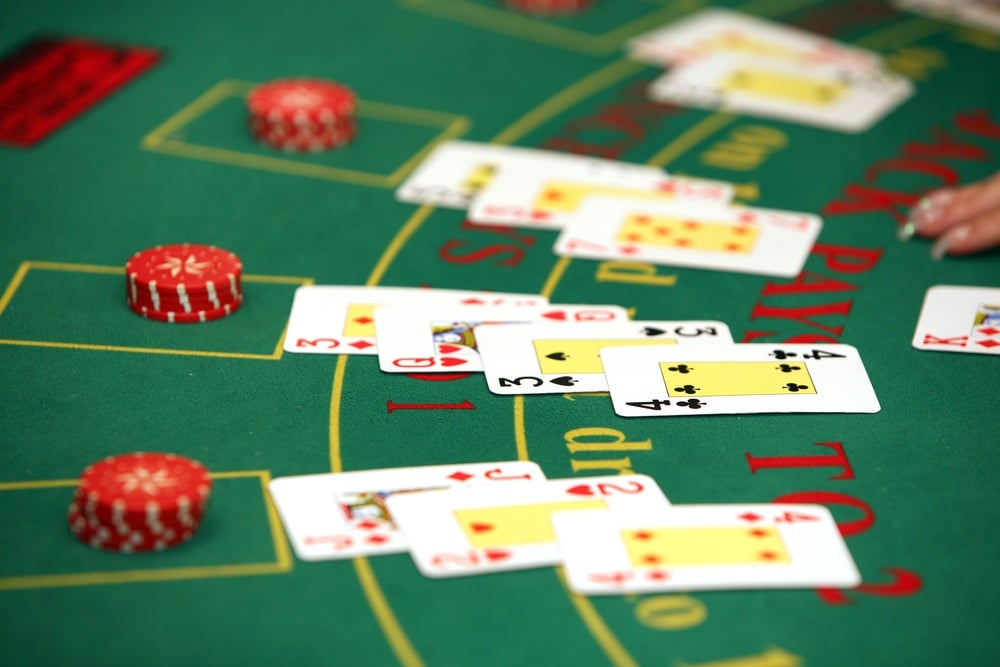
Image Credit: Haak78/Shutterstock
Doubling Down
Many players wrongly double down when the dealer has a 5 or 6 and they have 4 thru 8. They cannot bust, but they forget that the dealer is still favorite to make a hand, as you can see from the “never busting” chart given earlier
Counting Cards in a Casino
The professional player counts cards that have gone when they are dealt with a shoe and uses a Hi-lo Count. For each ten or ace that has gone, one counts -1 and for each 2 thru 6 that has gone one scores +1. You divide by the number of decks remaining to get a true count, and only bet when the count is +1 or greater.
Overall you have an advantage of about 1%, most of it when the count is >+2. But it requires concentration and hard work and the ”eye in the sky” at land-based casinos will track your betting patterns, and these days you will get a tap on the shoulder with someone politely telling you “you can play roulette, <sir or madam>, but this table is out of bounds.”
Title Image Credit: Nazarovsergey/Shutterstock
